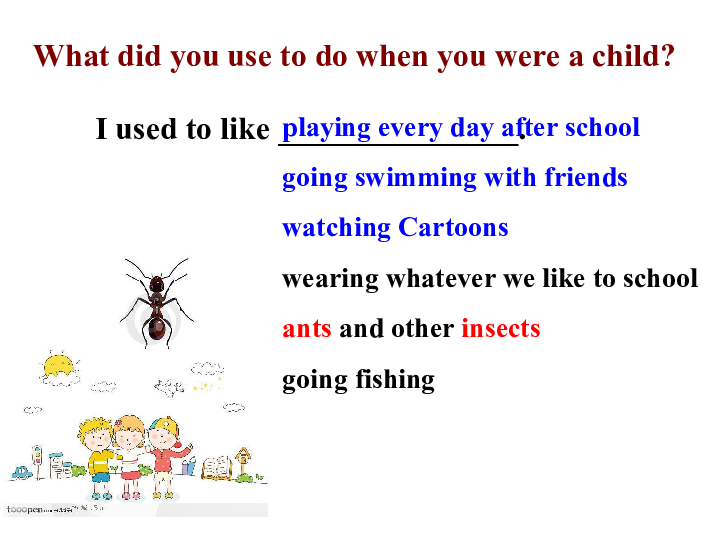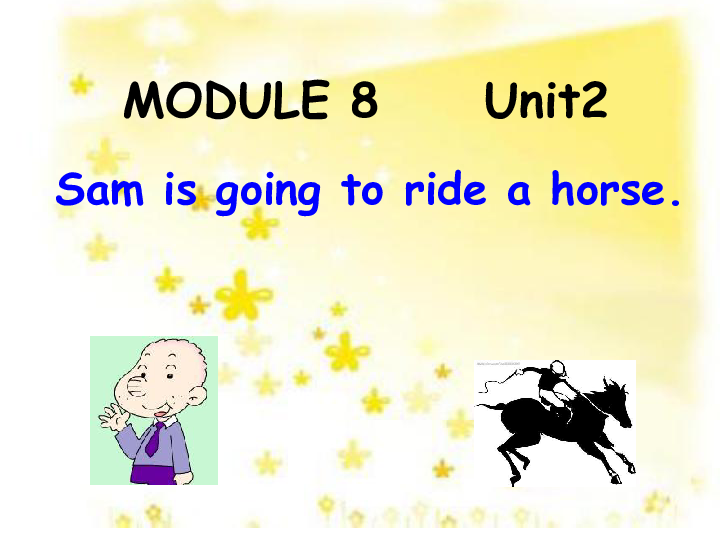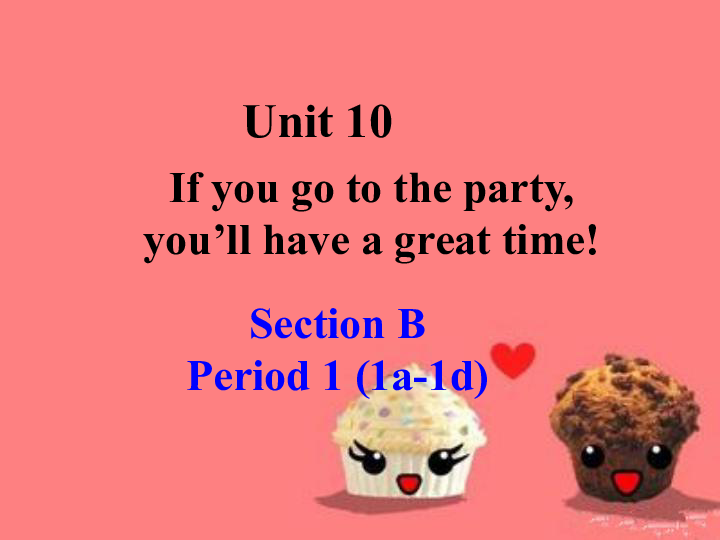Best Flowers to Attract Bees: A Comprehensive Guide for Your Garden
### DescriptionCreating a garden that not only delights the eyes but also supports local ecosystems is a rewarding endeavor. One of the most effective ways……
### Description
Creating a garden that not only delights the eyes but also supports local ecosystems is a rewarding endeavor. One of the most effective ways to achieve this is by planting flowers that attract bees. These essential pollinators play a critical role in the health of our environment, and by incorporating the best flowers to attract bees into your garden, you can help sustain their populations while enjoying a vibrant landscape.
Bees are drawn to flowers primarily for their nectar and pollen. Nectar serves as a source of energy, while pollen provides the protein necessary for their growth and reproduction. To attract bees, it’s essential to choose flowers that are rich in these resources and offer a variety of shapes, colors, and sizes. Here’s a detailed look at some of the best flowers to attract bees and how to create a bee-friendly garden.
#### 1. **Lavender (Lavandula)**
Lavender is a perennial favorite among gardeners and bees alike. Its fragrant purple blooms are not only visually appealing but also emit a sweet scent that attracts bees from afar. Lavender thrives in full sun and well-drained soil, making it an easy addition to any garden. Its long blooming period, from late spring to early fall, ensures a consistent food source for bees throughout the growing season.
#### 2. **Coneflower (Echinacea)**
Coneflowers are another excellent choice for attracting bees. These hardy perennials feature large, daisy-like blooms in vibrant colors, including pink, purple, and white. Coneflowers are drought-resistant and can thrive in various soil types, making them a versatile option for many gardens. Their sturdy structure also provides a landing pad for bees, allowing them to easily access the nectar and pollen.

#### 3. **Black-Eyed Susan (Rudbeckia)**
With their cheerful yellow petals and dark centers, Black-Eyed Susans are not only beautiful but also a bee magnet. These native wildflowers bloom from summer to fall, providing a late-season food source for bees. They are low-maintenance and can adapt to a variety of soil conditions, making them a great choice for both novice and experienced gardeners.
#### 4. **Bee Balm (Monarda)**
As the name suggests, Bee Balm is specifically known for attracting bees. This perennial herb produces clusters of tubular flowers in shades of red, pink, and purple. The unique shape of the blooms makes it easy for bees to access the nectar. Bee Balm thrives in full sun to partial shade and prefers moist, well-drained soil. Additionally, it attracts a variety of pollinators, including butterflies and hummingbirds, adding even more life to your garden.
#### 5. **Sunflowers (Helianthus)**

Sunflowers are not just a cheerful addition to your garden; they are also a favorite among bees. Their large, open blooms provide ample nectar and pollen, making them an irresistible target for these pollinators. Sunflowers thrive in full sun and can grow in various soil types, making them easy to incorporate into any garden design. Plus, their towering height adds visual interest and can serve as a backdrop for smaller flowers.
### Creating a Bee-Friendly Garden
To maximize the effectiveness of the best flowers to attract bees, consider the following tips for creating a bee-friendly garden:
1. **Plant in Clusters**: Bees are more likely to visit flowers that are grouped together. Planting in clusters helps create a more attractive and accessible food source.
2. **Choose Native Plants**: Native flowers are adapted to your local climate and soil, making them more resilient and beneficial for local bee populations. They often require less maintenance and provide the most suitable habitat for local bees.

3. **Avoid Pesticides**: Pesticides can be harmful to bees. Opt for organic gardening methods and consider natural pest control options to keep your garden healthy without endangering pollinators.
4. **Provide a Water Source**: Bees need water to survive, so consider adding a shallow birdbath or a small pond to your garden. Ensure there are stones or pebbles for bees to land on safely.
5. **Diversity is Key**: A diverse selection of flowers will attract a variety of bee species. Incorporate early, mid, and late-blooming flowers to provide a continuous food source throughout the growing season.
By planting the best flowers to attract bees and following these guidelines, you can create a thriving garden that not only enhances your outdoor space but also supports the essential role of bees in our ecosystem. Embrace the beauty and benefits of a bee-friendly garden today!